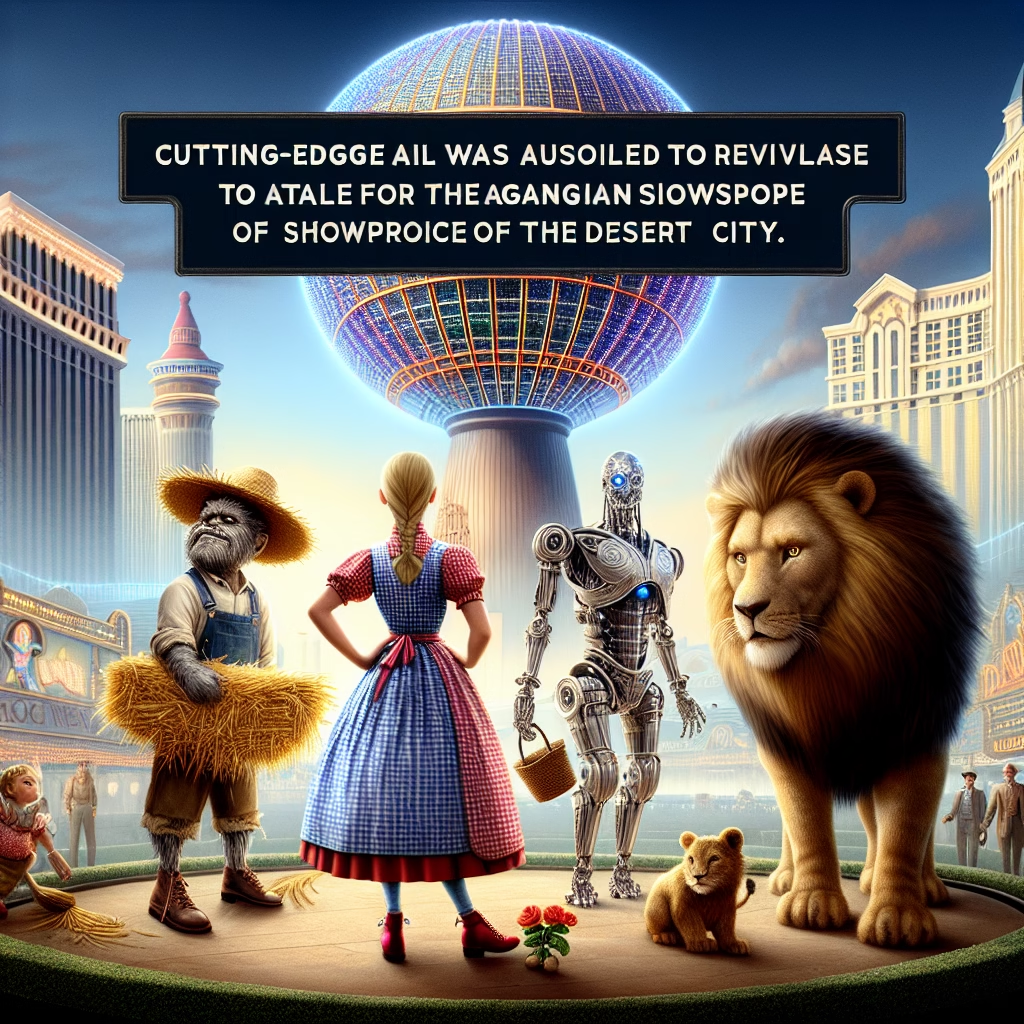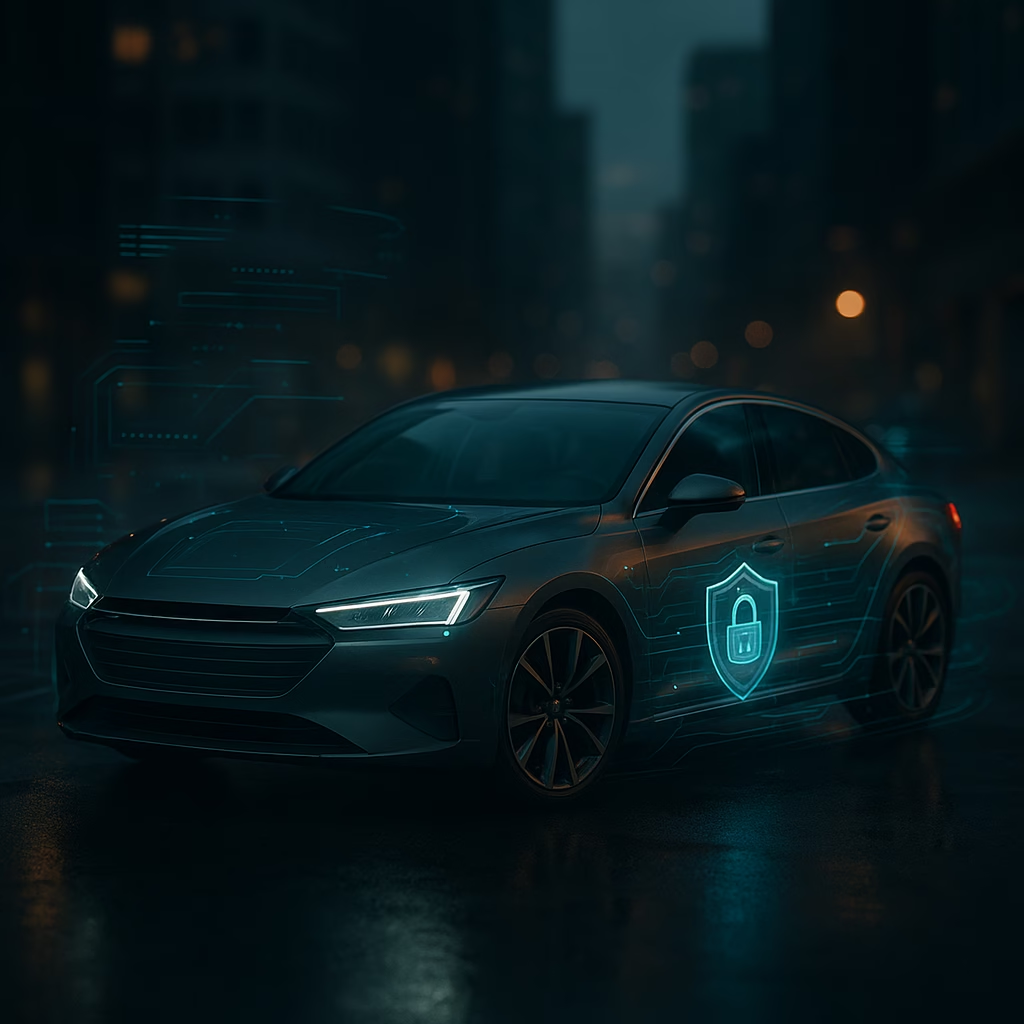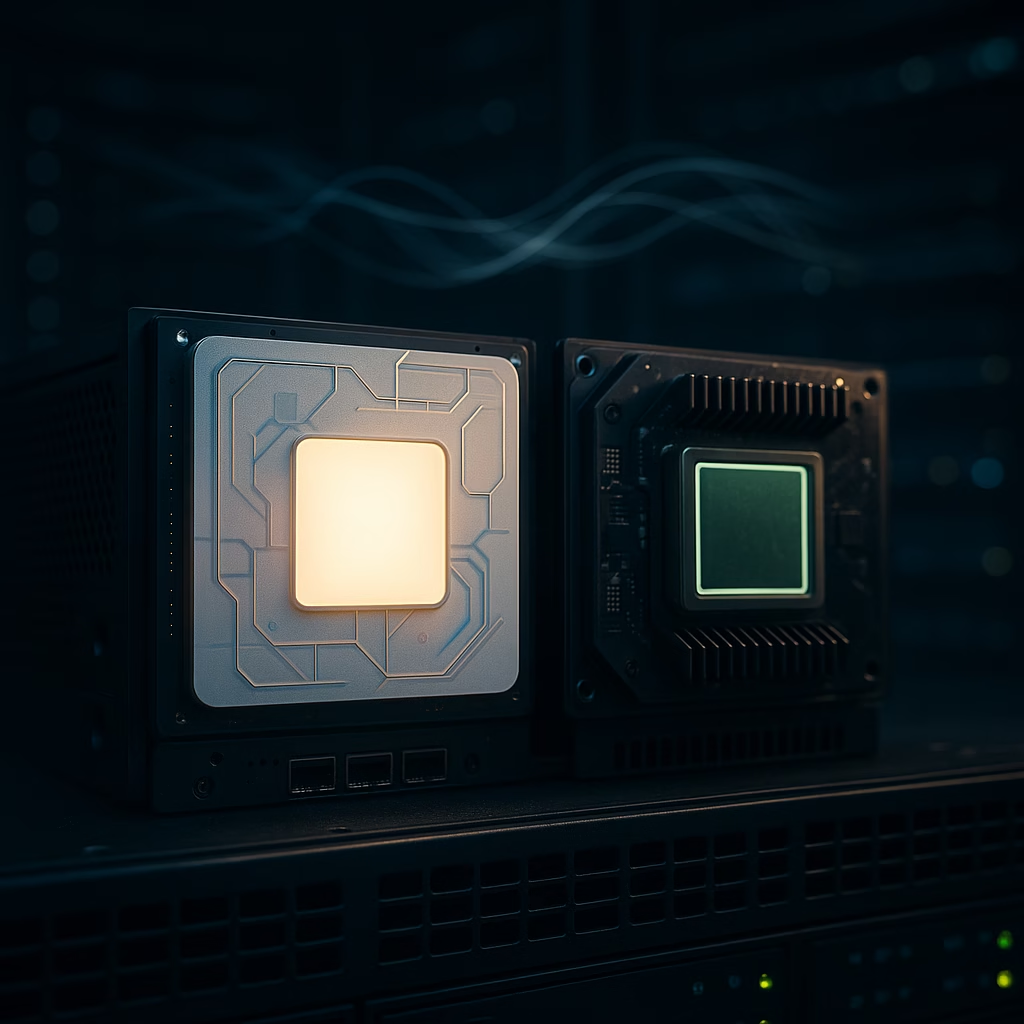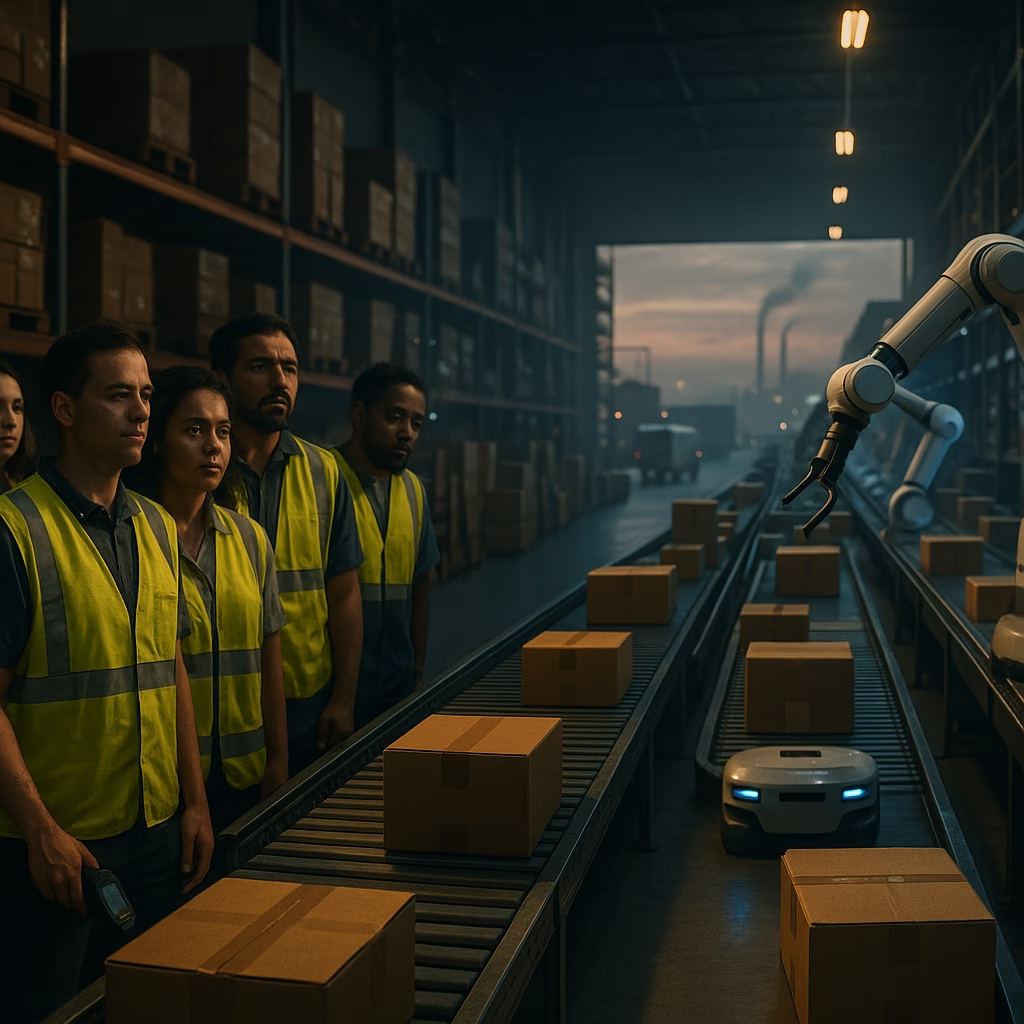Google Uses AI to Reimagine The Wizard of Oz for Las Vegas Sphere’s Massive LED Display
Hollywood Meets High-Tech: A Classic Film Gets a Dazzling AI Makeover
In a groundbreaking fusion of cinematic nostalgia and innovative technology, Google has partnered with the Las Vegas Sphere to breathe new life into an all-time favorite—The Wizard of Oz. This iconic 1939 film has been reimagined using the latest in artificial intelligence and visual enhancement tools to debut on one of the world’s most ambitious digital canvases: the Sphere’s ultra-high-definition, 360-degree LED screen.
This project marks a significant step forward in both AI-assisted media restoration and the immersive entertainment experience. Enthusiasts at the intersection of film, tech, and design are calling it a “giant leap” in how we preserve and celebrate dearly loved stories.
The Sphere: A New Era in Immersive Entertainment
Before diving into Google’s involvement, it’s worth appreciating the incredible infrastructure that hosted this AI-enhanced cinematic event. The Las Vegas Sphere, developed by Madison Square Garden Entertainment (MSG), is a colossal entertainment venue boasting:
- 18,600-seat capacity
- 160,000+ square feet of wraparound LED display
- Capable of delivering visuals at 16K resolution
- State-of-the-art sound system using beamforming audio technology
This unparalleled technological stage allowed Google to deliver something not just visually impressive, but emotionally resonant.
AI Meets Oz: How Google Reengineered a Classic
Google Research took the reins on this project, leveraging their cutting-edge machine learning and image enhancement tools with one goal in mind—bringing The Wizard of Oz to life like never before. Using a blend of artificial intelligence, neural rendering, and super-resolution technology, the team transformed grainy black-and-white and early color film into an ultra-rich, immersive visual experience.
Here’s how they achieved this digital wizardry:
1. Frame-by-Frame Enhancement Using Machine Learning
Each frame from the original film was meticulously processed using AI-powered restoration models. These models are trained to identify artifacts such as grain, digital noise, blur, and low resolution. In this case, they enabled:
- Higher dynamic range and enhanced lighting details
- Improved color gamut to reflect today’s visual standards
- Dramatic upscaling to 16K resolution without pixelation or quality loss
2. Reframing for Spherical Displays
Perhaps one of the most technically complex challenges was adapting a traditional 4:3 aspect ratio film into a sphere’s domed, ultra-wide, and curved canvas. Google’s image analysis tools helped automatically reframe each scene, selectively focusing and expanding key elements that would translate best on Sphere’s monumental display.
3. Sound Optimization for Spatial Audio
Complementing the visuals was an intelligent sound redesign. While the original audio was preserved, it was spatially recalibrated for the Sphere’s unique acoustics. Every whisper, musical note, and burst of dialogue was cleansed, equalized, and pinpointed within the venue’s directional sound system — making visitors feel like they were strolling through Munchkin Land or dancing down the Yellow Brick Road themselves.
Why This Matters: The Future of AI in Film Restoration
Google’s AI-led project goes beyond just visual eye candy. It showcases how machine learning can be used not only to restore but also to recontextualize classics for new generations. The implications of projects like this one are massively inspiring for archivists, studios, and content creators alike.
Here are a few takeaways:
- Scalability: Once trained, AI models can be applied to thousands of classic films.
- Preservation: Helps rescue deteriorating films from fading into obscurity.
- Digital Accessibility: Makes vintage media compatible with today’s viewing platforms like VR, AR, or immersive installations.
This project might just be the blueprint for how we’ll experience historical media going forward — not just as viewers, but as participants.
Public Reaction — A Standing Ovation
The debut of the enhanced Wizard of Oz at the Las Vegas Sphere garnered widespread acclaim. Initial audiences described the experience as “surreal,” “magical,” and “like stepping into the film itself.” Social media buzzed with behind-the-scenes footage, showcasing the Sphere’s capabilities and Google’s digital transformation.
With fans from both tech and film circles intrigued, this event reaffirmed the power of storytelling, even in the age of artificial intelligence.
What’s Next? AI and The Expanding Role of Experiential Media
This project raises fascinating questions about the role of AI in shaping entertainment’s future. Could we see other classics receive similar treatments — perhaps Gone with the Wind, Casablanca, or even vintage cartoons like Steamboat Willie? Could audiences one day attend VR screenings of 1940s noir films enhanced for modern age immersion?
Here are a few predictions we could soon witness:
- AI-powered remastering at scale across streaming platforms
- Live holographic cinematic experiences featuring restored legends
- On-demand AI directors to customize scenes or endings based on viewer interaction
The blending of AI and cinematic history is no longer science fiction — it’s happening in real-time, and its potential is changing how we consume stories forever.
Final Thoughts: Where Tech and Creativity Collide
Google’s recreation of The Wizard of Oz for the Las Vegas Sphere is not only a visual marvel but also a case study in what happens when creativity and technology meet in harmonious collaboration. With artificial intelligence tools becoming more advanced and accessible, the entertainment boundaries we once knew are expanding into unimaginable territories.
From golden-age Hollywood to 21st-century immersion, it’s clear: there’s no place like The Sphere.
Looking for more stories on how AI is reshaping entertainment? Stay tuned to our blog for updates, insights, and breakthroughs that are taking industry storytelling into new dimensions.< lang="en">







Leave a Reply